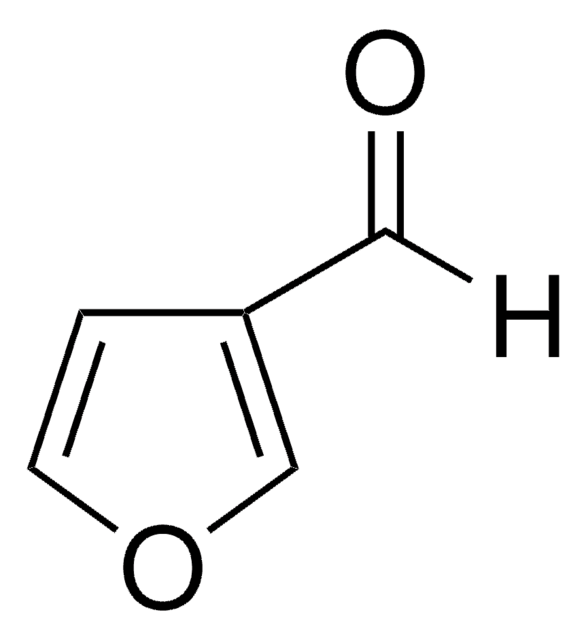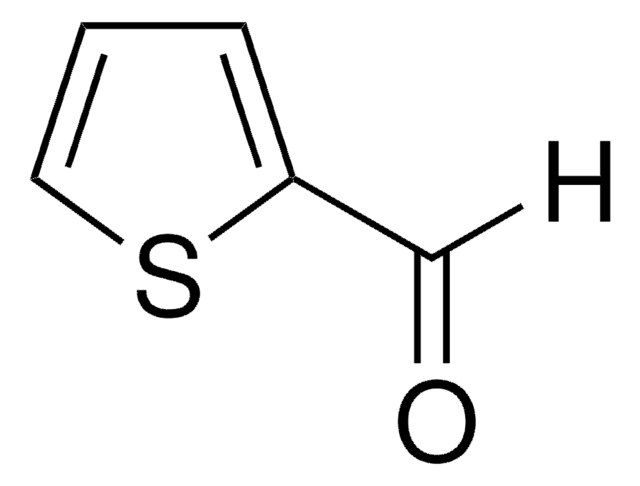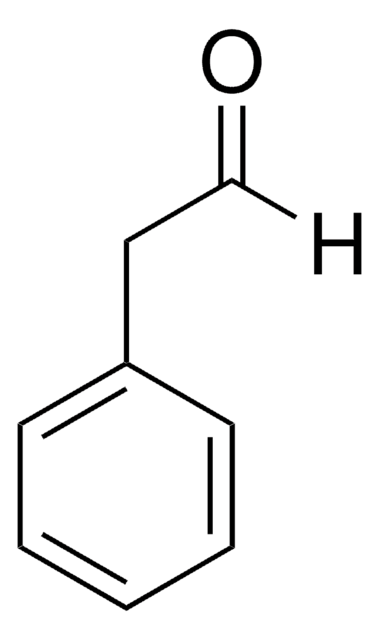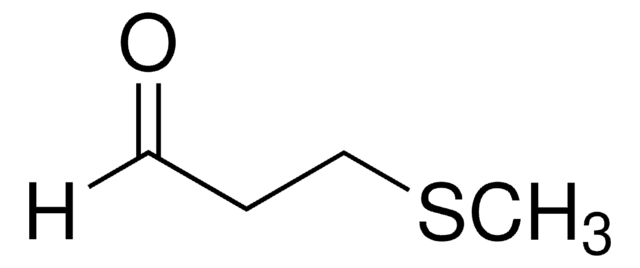318396
3-(Methylthio)-1-propanol
98%
Synonyme(s) :
Methionol
About This Item
Produits recommandés
Niveau de qualité
Essai
98%
Forme
liquid
Indice de réfraction
n20/D 1.49 (lit.)
pb
89-90 °C/13 mmHg (lit.)
Densité
1.03 g/mL at 25 °C (lit.)
Groupe fonctionnel
hydroxyl
thioether
Chaîne SMILES
CSCCCO
InChI
1S/C4H10OS/c1-6-4-2-3-5/h5H,2-4H2,1H3
Clé InChI
CZUGFKJYCPYHHV-UHFFFAOYSA-N
Vous recherchez des produits similaires ? Visite Guide de comparaison des produits
Application
- Calix[4]arenes as amino acid chemosensors.
- Amphiphilic reactive oxygen species (ROS) sensitive diblock copolymers, applicable as nanocarriers for photodynamic therapy and chemotherapy.
- 3-(Methylsulfonyl)propyl thioacetate, which is used in the preparation of dipolar glass polymers for electronic and power applications.
Mention d'avertissement
Warning
Mentions de danger
Conseils de prudence
Classification des risques
Eye Irrit. 2 - Skin Irrit. 2 - STOT SE 3
Organes cibles
Respiratory system
Code de la classe de stockage
10 - Combustible liquids
Classe de danger pour l'eau (WGK)
WGK 3
Point d'éclair (°F)
195.8 °F - closed cup
Point d'éclair (°C)
91 °C - closed cup
Équipement de protection individuelle
Eyeshields, Gloves, type ABEK (EN14387) respirator filter
Faites votre choix parmi les versions les plus récentes :
Déjà en possession de ce produit ?
Retrouvez la documentation relative aux produits que vous avez récemment achetés dans la Bibliothèque de documents.
Notre équipe de scientifiques dispose d'une expérience dans tous les secteurs de la recherche, notamment en sciences de la vie, science des matériaux, synthèse chimique, chromatographie, analyse et dans de nombreux autres domaines..
Contacter notre Service technique








